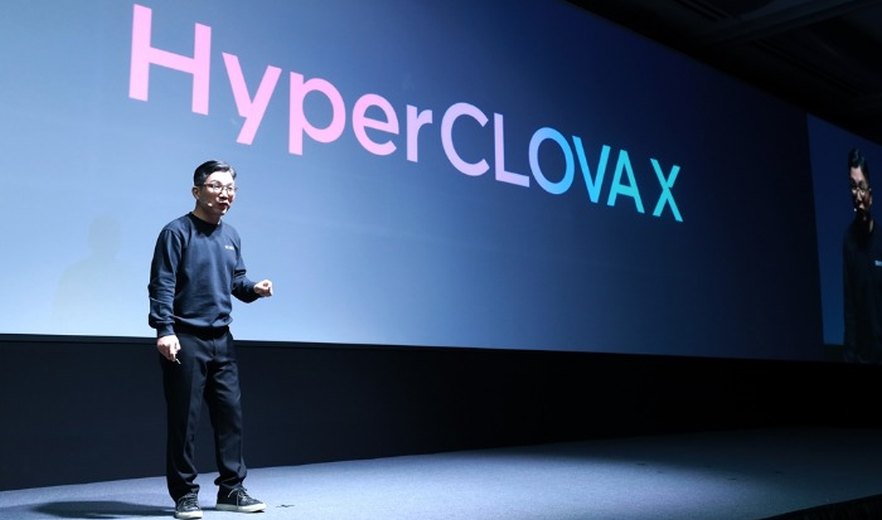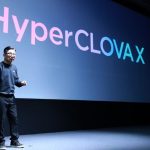South Korea’s Naver launches HyperClova X, a new generative AI service to compete with ChatGPT

South Korean internet giant Naver Corp on Thursday unveiled its own generative artificial intelligence tool called HyperCLOVA X. Similar to OpenAI’s ChatGPT and based on the company’s large language model (LLM), the Korean language chatbot can have conversations and summarize text.
With this launch, Naver now joins the ranks of companies unveiling large language models, directly competing with OpenAI’s ChatGPT. Naver’s own language model offers a range of services similar to those of ChatGPT. HyperClova X powers an array of new applications including an AI chatbot named CLOVA X, and a generative AI-powered search engine called Cue, which is on par with Microsoft Bing.
Naver’s cloud division, Naver Cloud, which launched the HyperCLOVA X, said the beta service for CLOVA X started its beta service in English and Korean on August 24. Cue, available in September for beta testing, will be incorporated into the current Naver’s search engine in November.

The expansion of Naver’s generative AI offerings comes in response to the efforts of global tech giants to enhance their own generative AI products. OpenAI, supported by Microsoft, has sparked increased competition in this domain. Other players like Google, with its AI chatbot Bard, and Baidu, with Ernie Bot, have entered the scene. Meanwhile, companies such as Meta and Amazon are reportedly preparing to introduce their own AI-powered chatbots.
Naver said that Clova X is aimed at boosting work productivity through features like document summarization and language translation. This versatile tool even offers an AI-powered writing assistant for crafting emails and blog posts. The exciting news is that Clova X is about to enter its beta testing phase starting this Thursday.
“In terms of productivity, this will save 10% to 50% of time spent on those tasks,” Kim Yuwon, CEO of Naver Cloud, said in an exclusive interview with CNBC aired on Thursday.
“ChatGPT is a very challenging competitor. I think it’s an honest confession that we worked hard to keep up with the various abilities of ChatGPT,” Kim added.
The AI landscape has been buzzing in recent months, largely driven by the success of ChatGPT – that chatbot with a knack for generating responses that are remarkably human-like. This popularity has led to the emergence of similar technologies globally, including Microsoft’s Bard, Meta’s Llama, Alibaba’s Tongyi Qianwen, and Baidu’s Ernie Bot.
HyperCLOVA X is currently accessible to both creators and enterprise customers. This new version is an upgraded iteration of Naver’s previous Korean language model, HyperCLOVA, which was introduced back in 2021. Naver has shared that HyperCLOVA boasts over 204 billion parameters, though the exact number of parameters trained on HyperCLOVA X hasn’t been disclosed. Users are required to create Naver accounts to make use of HyperCLOVA X.
Naver, with a team of more than 500 AI experts, currently stands among the five global companies that have successfully developed their own extensive language models, each surpassing 100 billion parameters. Naver’s CEO, SooYeon Choi, conveyed this information in a recent letter to shareholders.
Naver’s strategy is to target regions not yet covered by competitors, tailoring their AI applications to countries with specific sensitivities, such as those in the Middle East, and non-English speaking nations like Spain and Mexico. This approach supplements their existing focus on South Korea, Japan, and Southeast Asia.
As part of its expansion plans, Naver is gearing up to inaugurate its second data center, GAK Sejong, in South Korea this November. This center will house 600,000 servers dedicated to supporting their generative AI services. Additionally, Naver has been collaborating with Samsung since last December to develop AI chips specifically designed for hyperscale AI applications.

